Before dawn on May 31, 2014, 40,000 Turkish Muslims assembled on mats in front of Istanbul’s Hagia Sophia Museum in an organized prayer of protest calling for the famed basilica’s conversion back to a mosque. Tuğba Tanyeri-Erdemir was there, and as far as she could tell, she was one of just three women in the vast crowd not wearing a headscarf. For Tanyeri-Erdemir (GRS’05), this was neither worship nor activism: it was fieldwork.
It could be said that the future of the Hagia Sophia is the future of Turkey. No physical structure embodies Turkey’s increasingly fractured society more boldly than the iconic domed edifice. The Hagia Sophia, which translates to “Divine Wisdom,” became a museum in the early 20th century after a millennium as an Eastern Orthodox cathedral and the seat of the Patriarchate of Constantinople. It was an Ottoman mosque for more than 500 years after that, and finally became the opulent attraction it is today. Completed in 537, the structure’s story is Turkey’s—Christian rule toppled by Islamic rule, followed by the restive, Europe-leaning secular regime of founding father and first Turkish president Mustafa Kemal Atatürk. The Hagia Sophia has been a UNESCO World Heritage Site since 1985 and is a secular rebuke to calls for sectarian rule in a nation that is 98 percent Islamic.
As a Turkish-born archaeologist who studies the history of religious sites around the world, Tanyeri-Erdemir is captivated by the simmering debate over the nearly 1,500-year-old building. She believes that archaeologists like herself are the guardians of structures like this one, and she routinely speaks out about what she sees as her government’s brazen disregard for its historic sites and the threat to archaeological treasures posed by Turkey’s recent building boom.
Born to secular Muslim parents who were both physicians, Tanyeri-Erdemir received bachelor’s and master’s degrees in archaeology and art history at Ankara’s Bilkent University before earning a doctorate in archaeology at BU. Progressive and outspoken in her commitment to inclusiveness and freedom of expression in a nation where human rights are increasingly under siege, she has written about experiencing the sting of tear gas while joining her students in protest. She is married to Aykan Erdemir, a Harvard-educated anthropologist and member of Parliament in the main opposition Republican People’s Party.
In the past few months, Islamic groups calling the conversion of what the Turks call Ayasofya back to a mosque have been gathering in demonstrations of their will. Now, Turkish Prime Minister Recep Tayyip Erdoğan (recently elected the republic’s president as well) is publicly expressing hope for the Hagia Sophia’s conversion, and he is suggesting he may lead prayers there himself.
With its sweeping harbor and fabled skyline, Istanbul looms large in the world’s imagination. Despite growing public antigovernment protests and stepped-up efforts to quell them by tear gas–wielding police, Istanbul remains a magnet for international visitors. Crisscrossing its chaotic boulevards and posing for photos in front of the Hagia Sophia and the Blue Mosque, a parade of Europeans and Americans files along in shorts and sundresses, along with modestly clad Middle Eastern Muslim tourists, the women’s eyes gazing at the sights from veiled faces.
It is a picture of diversity, the majestic Blue Mosque’s cartoonish sign declaring “NO KISSING” a source of amusement to Westerners strolling the Sultanahmet, or Old Town. But Turkey hovers precariously on the brink of civil unrest. According to the Turkish Medical Association, more than 8,000 injuries and 5 civilian deaths were reported during demonstrations against the government’s plan to replace Istanbul’s Gezi Park with a shopping mall in summer 2013. “Life gets more and more complicated here each day,” says Tanyeri-Erdemir, deputy director of the Center for Science and Society and a lecturer in the graduate program in architectural history at Ankara’s Middle East Technical University.
Turkey has always been a study in contrasts, standing at the crossroads of East and West, devout and secular, with borders spilling into Europe, Asia, and the Middle East. In a nation once held up as a model of moderate Islamic rule, the strong-arm government is teetering amid charges of corruption, censorship, and brutality. The country is also cosmopolitan and prosperous, with one of the fastest growing economies in the region.
According to Stephen Kinzer (CAS’73), a veteran foreign correspondent and a former BU College of Communication lecturer, it has changed more politically in the last 10 years than it had in the previous 80. Turkey has been pacing hopefully outside the European Union entry gate since 1987, when it applied to go from associate to full membership. With a culture rich in arts and literature (Turkish novelist Orhan Pamuk was awarded the 2006 Nobel Prize in Literature), Turkey also is one of the world’s leading jailers of journalists. And it is a country with a middle and upper middle class willing to put themselves on the front lines at great personal risk.
In May, Salih Turan, head of the Anatolia Youth Association, which has collected 15 million signatures to petition for the Hagia Sophia to be turned back into a mosque, told Reuters that “Ayasofya is a symbol for the Islamic world and the symbol of Istanbul’s conquest. Without it, we have failed to honor Sultan Mehmet’s trust.” Turan cited a 15th-century deed signed by the conquering Caliph and decried as sin other uses of the Hagia Sophia. As the debate on the Hagia Sophia’s future heats up, it has cast embers out into a world jittery from the violent aftermath of the Arab Spring. Also in May, the conservative United States Commission on International Religious Freedom condemned a bill introduced in the Turkish Parliament to convert the museum back to a mosque, which the organization fears could deepen the wedge between the Turkish government and the country’s Christian minority.
But Tanyeri-Erdemir and many of her fellow scholars believe that with careful oversight and respect for all faiths, the Hagia Sophia can remain a museum and a symbol of pluralistic hope. This year, Tanyeri-Erdemir was given the Young Scientist Award by Turkey’s Science Academy for her project on the effect of secularizing “museumification” practices on religious sites, from the Hagia Sophia to smaller converted sites dotting Turkey’s antiquity-rich landscape.
The first scholar to devote herself to studying and comparing the nuances and broader implications of this and the conversion to mosques of two similar sites, Tanyeri-Erdemir has been part of numerous interdisciplinary investigations combining archaeological, historical, and anthropological perspectives. “In a Middle East where interreligious tensions are rising,” she says, “having a better understanding of differing perspectives on multilayered sacred sites, such as the Hagia Sophia, is crucial to develop strategies that can help save those edifices.”
The first phase of Tanyeri-Erdemir’s Hagia Sophia research was a detailed architectural and social historical study. She is now deep into phase two, probing current debates on the change of the status of the monument. In addition to interviewing protesters after the mass morning prayer, she will spend the next year and a half weaving a scholarly tapestry from interviews with museum personnel, Muslim leaders, major columnists weighing in on both sides of the debate, and academics, as well as Christian patriarchs.
During the May demonstration, Tanyeri-Erdemir, who often gathers information through participant observation and interviews, asked Muslim protesters what the Hagia Sophia meant to them and found that in spite of its being a museum for nearly a century, and in spite of its long era as a Byzantine church, it remains, to them, a sacred place. Some believe that the first Muslim to pray there was assured entry to paradise.
How can these powerful beliefs be accommodated in a secular place open to all? Tanyeri-Erdemir believes it is possible, even for the Hagia Sophia. She is not a strategist, but her goal is to help find a way that the site can honor its sacred past. She is laying the groundwork, hoping that her scholarship informs and provokes those who have a hand in the Hagia Sophia’s future.

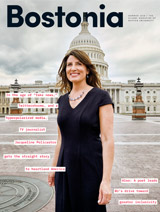
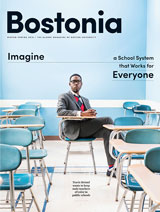
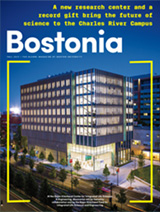
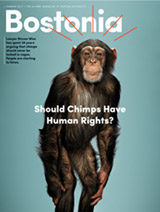
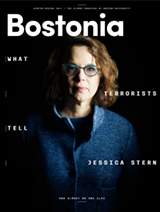
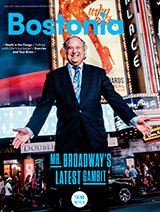
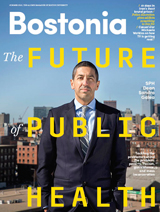
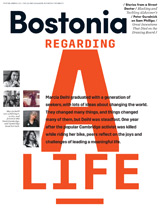
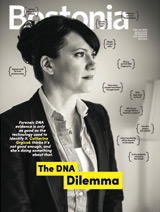
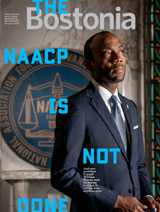
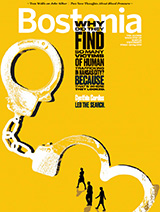



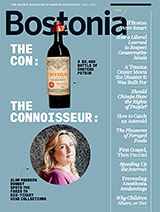
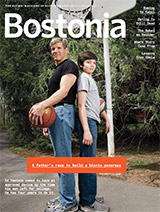
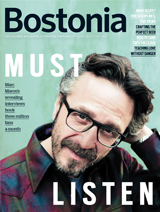
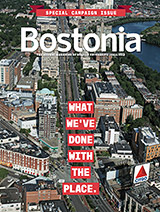
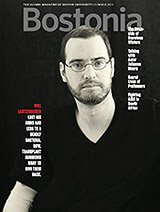
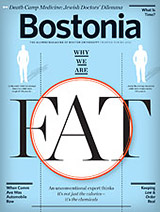

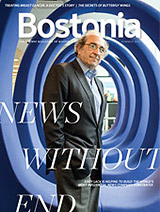



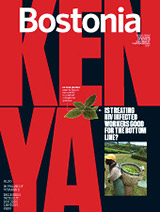
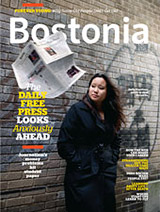

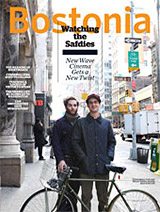

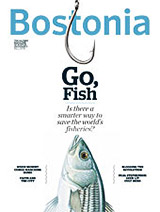

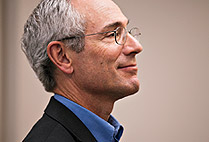

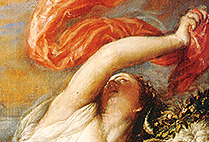
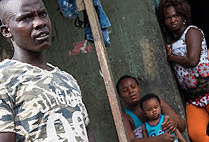


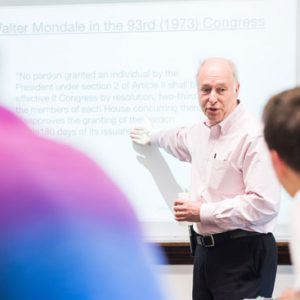
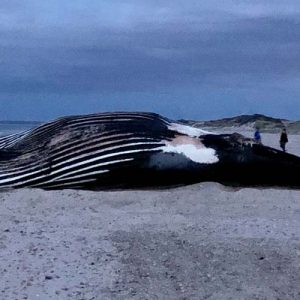

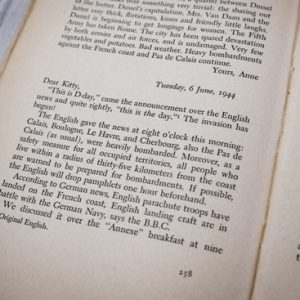
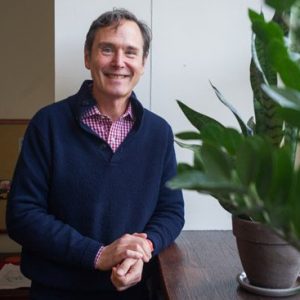





This well-written article by Susan Seligson is being forwarded by me to various organizations and people who are also in the forefront of preserving the sacred past of all monuments in Turkey, and, in particular, the Hagia Sophia Museum, which for 1,000 years served as the Cathedral Church of Byzantium before being made into a mosque in 1453, then, centuries later, into a museum. Tugba Tanyeri-Erdemir deserves all the gratitude and focus of everyone’s attention for her efforts, considering that she is herself Turkish, from Muslim parents, and who even defies the government from turning this landmark monument back into a mosque.
Great Article. Thank you!
As a Muslim and Istanbul lover I’d like to add a few things. I am a regular mosque-goer and describe myself a strong believer in the Islamic faith. As part of my belief I also support the propagation of mosques and masjids. I will not comment on the political aspects of this article, but looking at the lousy conditions of many mosques across Turkey, one must be seriously blind to believe the government is trying to open up more space for believers by turning Hagia Sophia into a mosque. There are so many hidden mosques, churches and sinagogues in Istanbul that I wish were brought to light and emphasize our multifaceted culture and tolerance, let alone converting Hagia Sophia. I hope our government will realize the value Hagia Sophia is delivering worldwide and leave this great edifice, as is.
Excellent article.
Tugba, who is our former tenant and good friend, demonstrates through her work commitment to what I believe is the signal challenge of all multicultural areas. We must find room for all stakeholders. It is frightening to witness exceptionalism in the name of piety, and I fear for the Turkish people and their government’s evidently waning commitment to freedom.
I am one of those people who cries silently for the cruel destruction of beautiful and rich past. I thank you for all your work and congratulate you. I hope your efforts will attract attention and help to preserve these beautiful places.